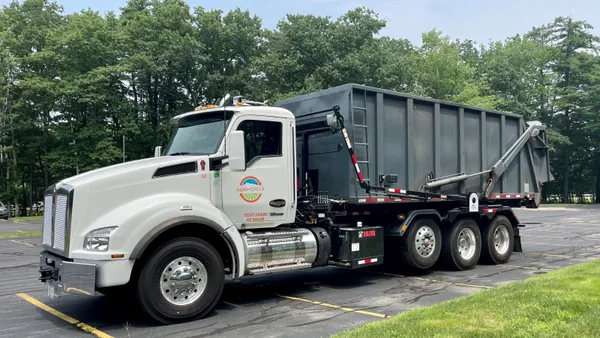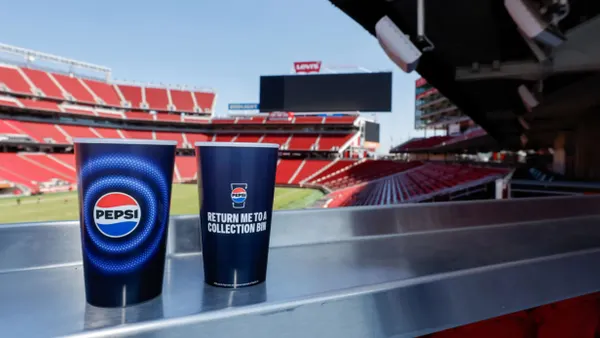Dive Brief:
- USDA is investing $183 million in water and wastewater infrastructure by providing technical support and financing to developers of 60 projects through Rural Development's Water and Environmental Program (WEP). The projects include drinking water and waste disposal systems for communities with under 10,000 residents.
- Among beneficiaries is Coggon, IA, awarded a $2.3 million loan and a $1.89 million grant for a wastewater treatment plant and plant upgrade to meet tight pollution control standards and prevent water contamination from plant emissions. Also, a $2.9 million loan and $4.5 million grant will enable Minnesota’s Big Lake Area Sanitary District to convert a wastewater treatment plant into a pressure sewer collection system.
- Among other USDA waste management and sustainability initiatives are public-private conservation partnerships; development of over 2,500 biobased products through the agency’s BioPreferred program; and market support for developers of homegrown renewable energy and materials.
Dive Insight:
Strong infrastructure is critical to ensuring safe water to prevent crises, such as the one Flint, MI is still recovering from. And the problem of lead in drinking water is not confined to that one town.
Wastewater facilities have environmental benefits beyond protecting drinking water such as they shield the food chain from contaminants while helping to ensure proper disposal of potentially harmful wastes.
"Safe drinking water and sanitary waste disposal systems are vital not only to public health, but also to the economic vitality of small communities," Agriculture Secretary Tom Vilsack said in a statement. "Helping rural communities build and upgrade their water infrastructure is one more way USDA strengthens rural areas."
The water treatment niche may continue to expand its role in solid waste management—one plant in Washington, DC is already generating electricity from the wastewater treatment process.









